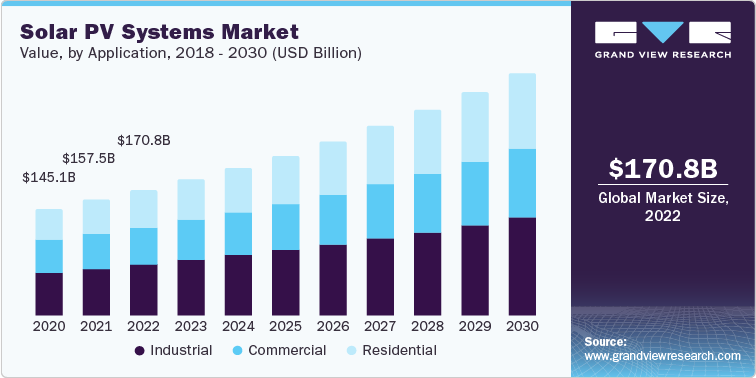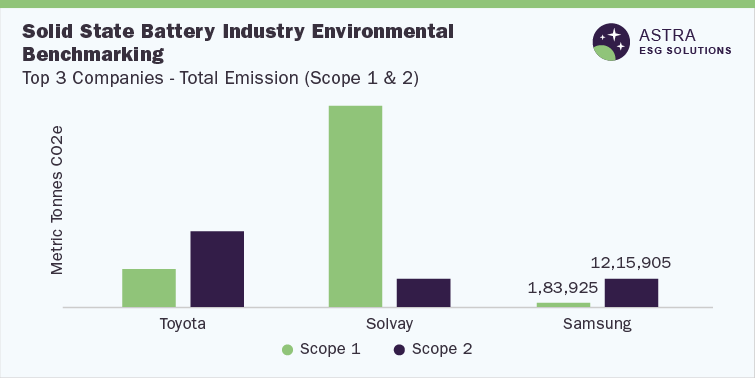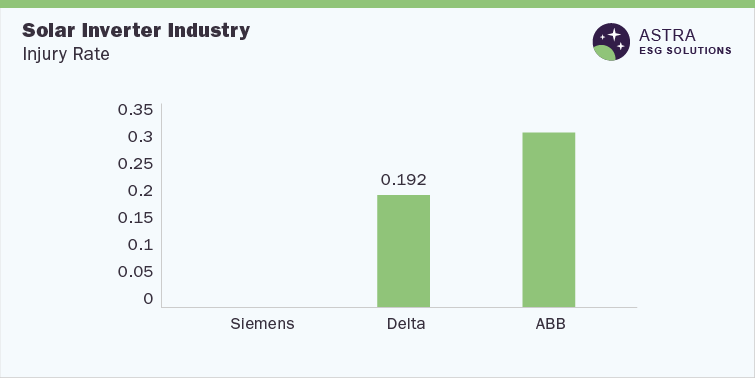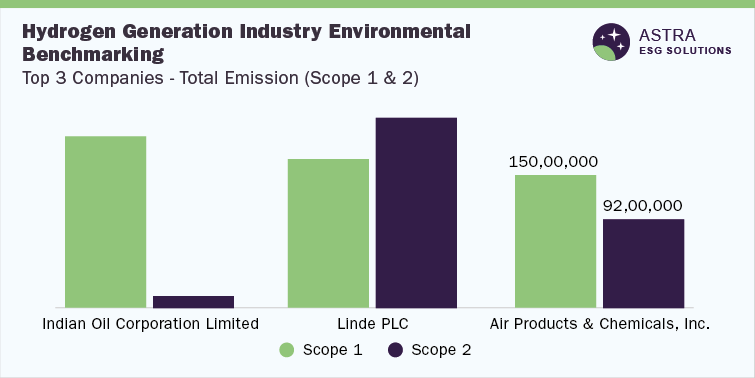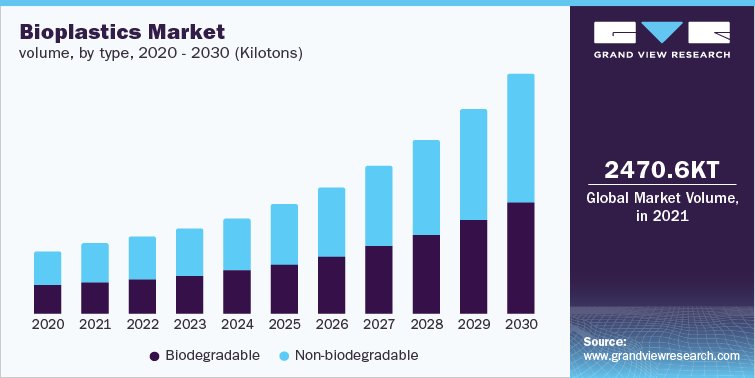
Global bioplastics sector data book, published by Grand View Research’s is a collection of market sizing information & forecasts, trade data, pricing intelligence, competitive benchmarking analyses, macro-environmental analyses, and regulatory & technological framework studies. Within the purview of the database, such information is systematically analyzed and provided in the form of outlook reports (1 detailed sectoral outlook report) and summary presentations on individual areas of research along with an agricultural statistics e-book.
The economic volume generated by the bioplastics industry was estimated at approximately 2,470.6 kilotons in 2021. This economic output is an amalgamation of businesses that are involved in the raw material suppliers, compounding of bioplastics & their additives, distribution & supply, and application of bioplastics.
Biodegradable Plastics Market Growth & Trends
The global biodegradable plastic market is expected to witness significant growth, particularly in emerging markets such as the United States, Canada and India. Increasing concerns about toxicity issues associated with petrochemicals and the depletion of crude oil reserves have spurred the development of bio-based polymers. Additionally, government regulations restricting the consumption of fossil-based plastics in certain applications such as food packaging and medical devices are expected to further stimulate the production of biodegradable plastics in the plastics industry.
Increasing concerns about the use of plastics have increased the demand for plastic alternatives in the market. With the pace of new product development and technological innovation, manufacturers in the industry are shifting their focus to developing biodegradable plastics. Innovative biopolymers such as PHAs (polyhydroxyalkanoates) and PLA (polylactic acid) are the key growth drivers of the biodegradable plastics market. These polymers are important members of the biopolymer family and are finally entering the market on a commercial scale. Due to their chemical composition, they possess a wide range of physical and mechanical properties required for various applications such as agriculture, medical devices and food packaging.
Polylactic Acid Market Growth & Trends
The polylactic acid market is expected to witness growth on account of rising demand from end-use industries such as packaging, automotive & transport, electronics, textiles, and others. Packaging end-use segment dominated the PLA market in 2021 and accounted for a revenue demand from flexible packaging is fueling the growth of packaging industry globally. Increasing demand for packaged foods, snacks, ready to eat meal, and others are substantially propelling the growth of packaging industry. Thus, the growing packaging industry is further anticipated to create demand for polylactic acid during the forecast period.
Manufacturers of polylactic acid aim to strengthen their market position by expanding their customer base. TotalEnergies Corbion, NatureWorks, LLC, COFCO International, Shanghai Tong-jie-liang Biomaterials Co., LTD., and others are leading producers of polylactic acid. Its good heat resistance and flexibility are used in various applications such as agriculture, packaging, textiles, automotive & transport, electronics, and others. These manufacturers focus on new product launches depending on the market requirements, technology innovations, and supply channels, as well as on mergers & acquisitions undertaken by their industry participants to meet the current and future demand for polylactic acid (PLA) in the growing packaging, textile, and other industries.
Order your copy of Free Sample of “Bioplastics Industry Data Book - Biodegradable Plastic, Polylactic Acid (PLA), Bio-based Polyurethane (PU) and Biopharma Plastics Market Size, Share, Trends Analysis, And Segment Forecasts, 2022 - 2030, published by Grand View Research
Bio-based Polyurethane Market Growth & Trends
Companies operating in the global bio-based polyurethane market lay high emphasis on expanding their global footprints in an attempt to increase their revenue and market share. Companies are expanding their services in Asia Pacific to cater to the rising demand from developing countries. Countries such as India and China wherein the construction expenditure is growing significantly, are expected to provide new expansion opportunities for the market players over the forecast period.
Consumer goods end-use segment is expected to witness a growth rate of 6.5% during the forecast period. Bio-based polyurethane is widely used in the form of flexible polyurethane foam in various furniture applications such as furniture, beddings, sofas, and others owing to its properties such as softness, flexibility, and durability. Electrical & electronics, packaging, and other end-use segments are expected to witness a growth rate of 6.0%, 7.0%, and 5.8%, respectively, over the forecast period.
Bio-based polyurethane foam is widely used in spray form for sealing holes, joints, cracks, and bonding other building materials, which ultimately reduces the amount of conditioning or heating required inside the building. Additionally, bio-based polyurethane is also used for structural elements, substrates, and other building components in construction industry.
Biopharma Plastics Market Growth & Trends
The demand for protective wear is the next growing application segment after containers growing due to the COVID-19 outbreak put the global healthcare supply chain in the spotlight. This is mainly due to the improved healthcare sector in Europe, the Middle East, North America, and the Asia Pacific.
Additionally, according to the WHO, cancer is the second leading factor of death and accounts for 9.6 million deaths globally. Face, breast, and throat cancers are the commonly occurring cancers that require surgeries and chemotherapy. This has driven the protective wear market, which further is expected to increase the demand for biopharma plastics.
Syringe application segment is expected to have the highest penetration among all the segments in the global biopharma plastics market in 2021. Increasing utilization of plastics for manufacturing of syringes, as opposed to alloys and metals, has been a major factor contributing to the growth of the syringes application segment. Over the recent years, there has been a considerable rise in syringes production across the globe, which is majorly driven by the increasing demand from medical/healthcare and biopharma industry.
Go through the table of content of Bioplastics Industry Data Book to get a better understanding of the Coverage & Scope of the study.
Competitive Landscape
Key players operating in the Bioplastics Industry are –
• BASF SE
• Avantium
• NatureWorks LLC
• SABIC
• Total Corbion PLA
• Biome Technologies plc
• TEIJIN LIMITED
